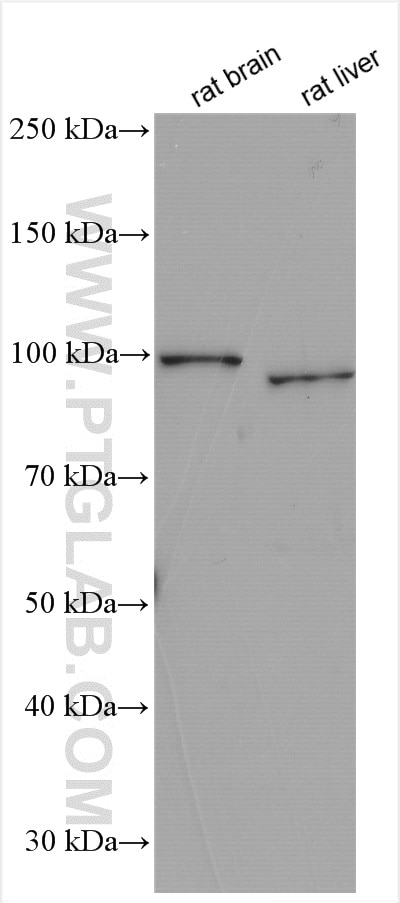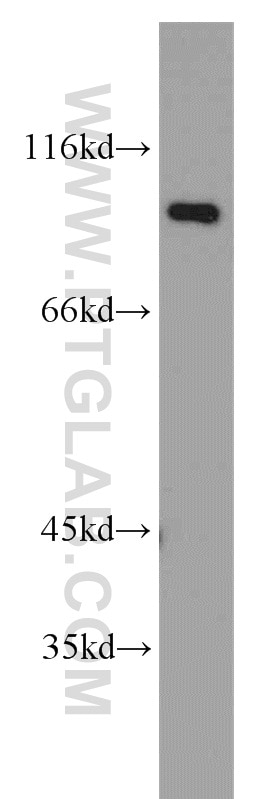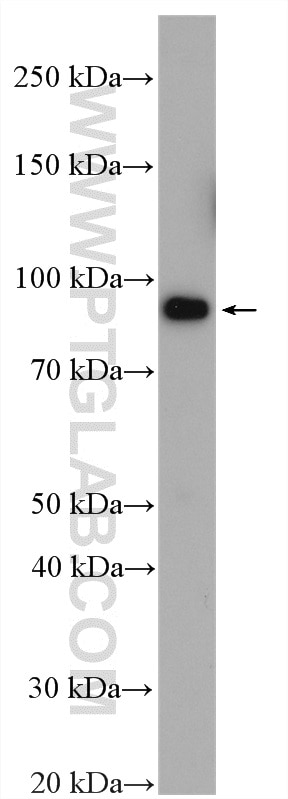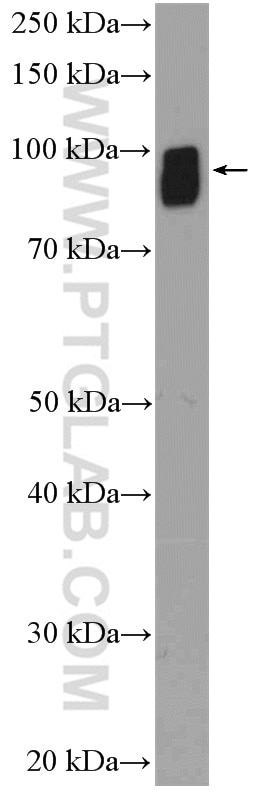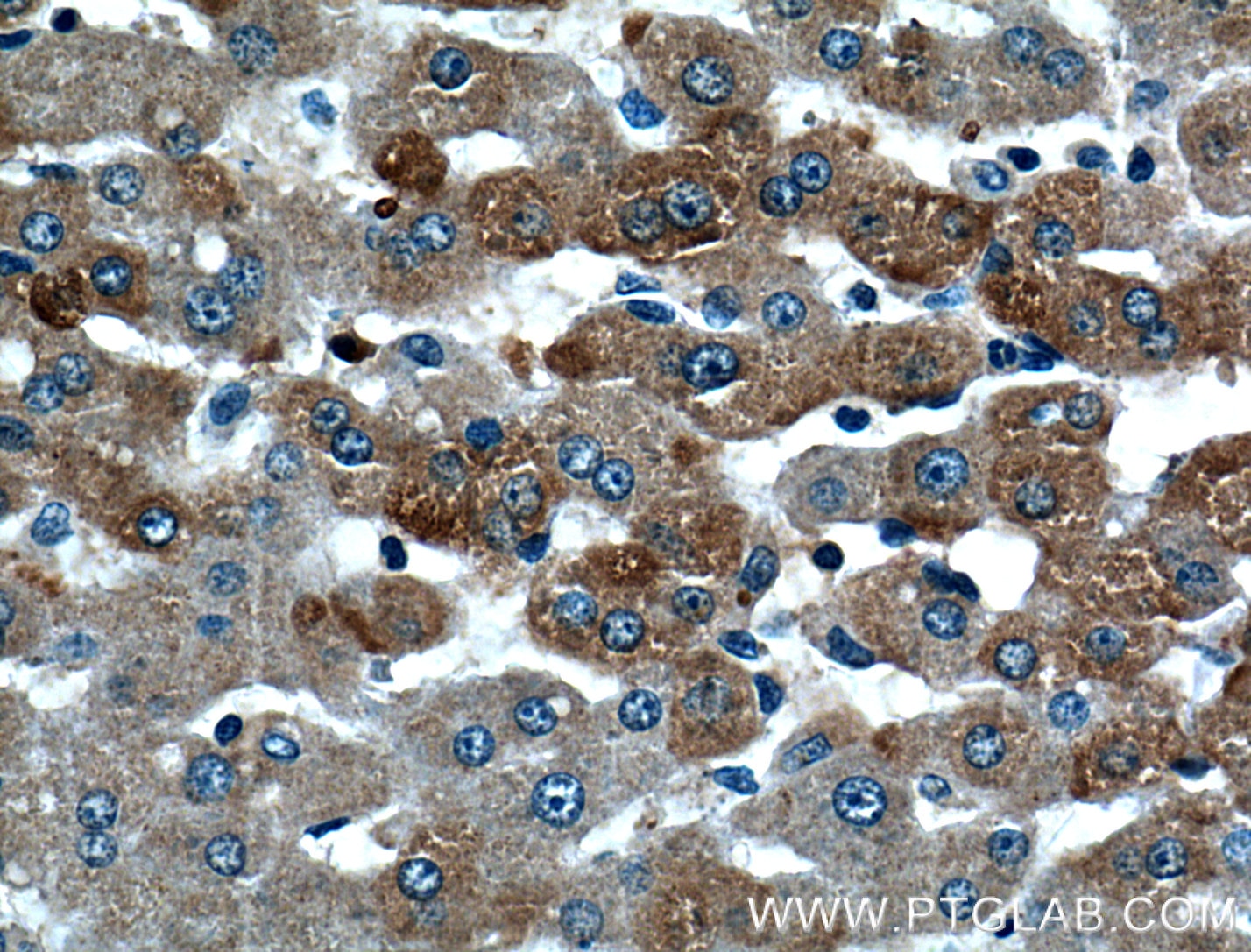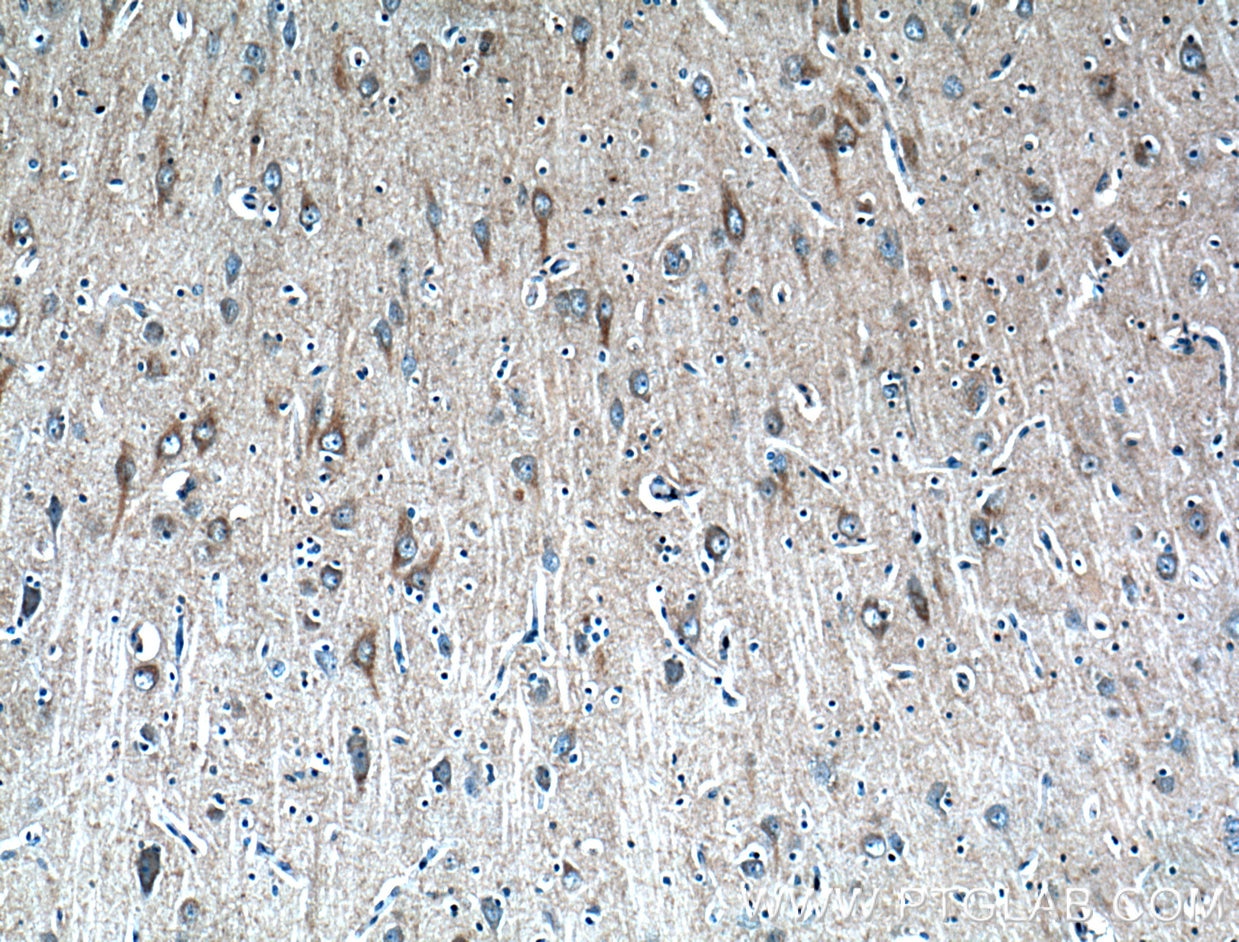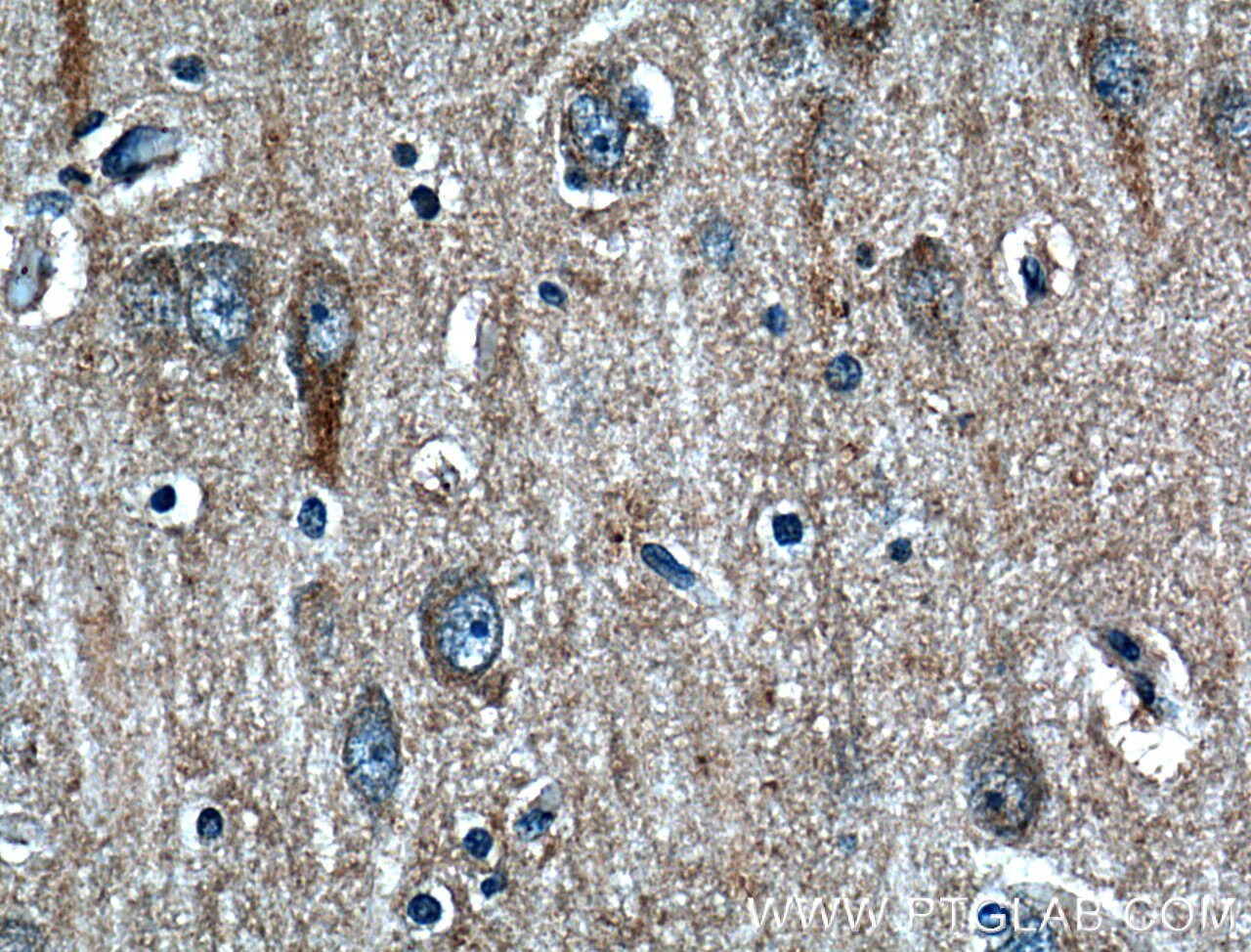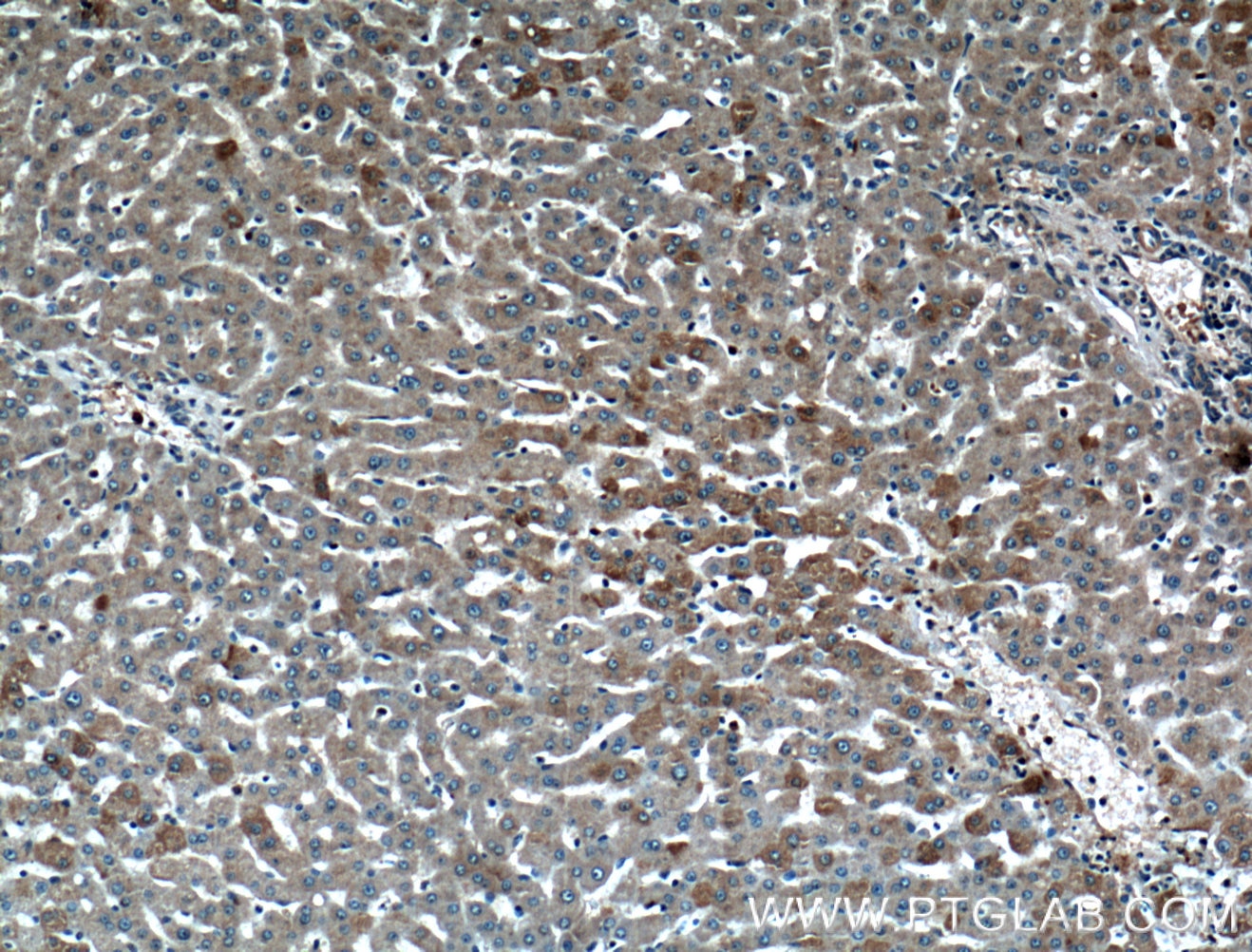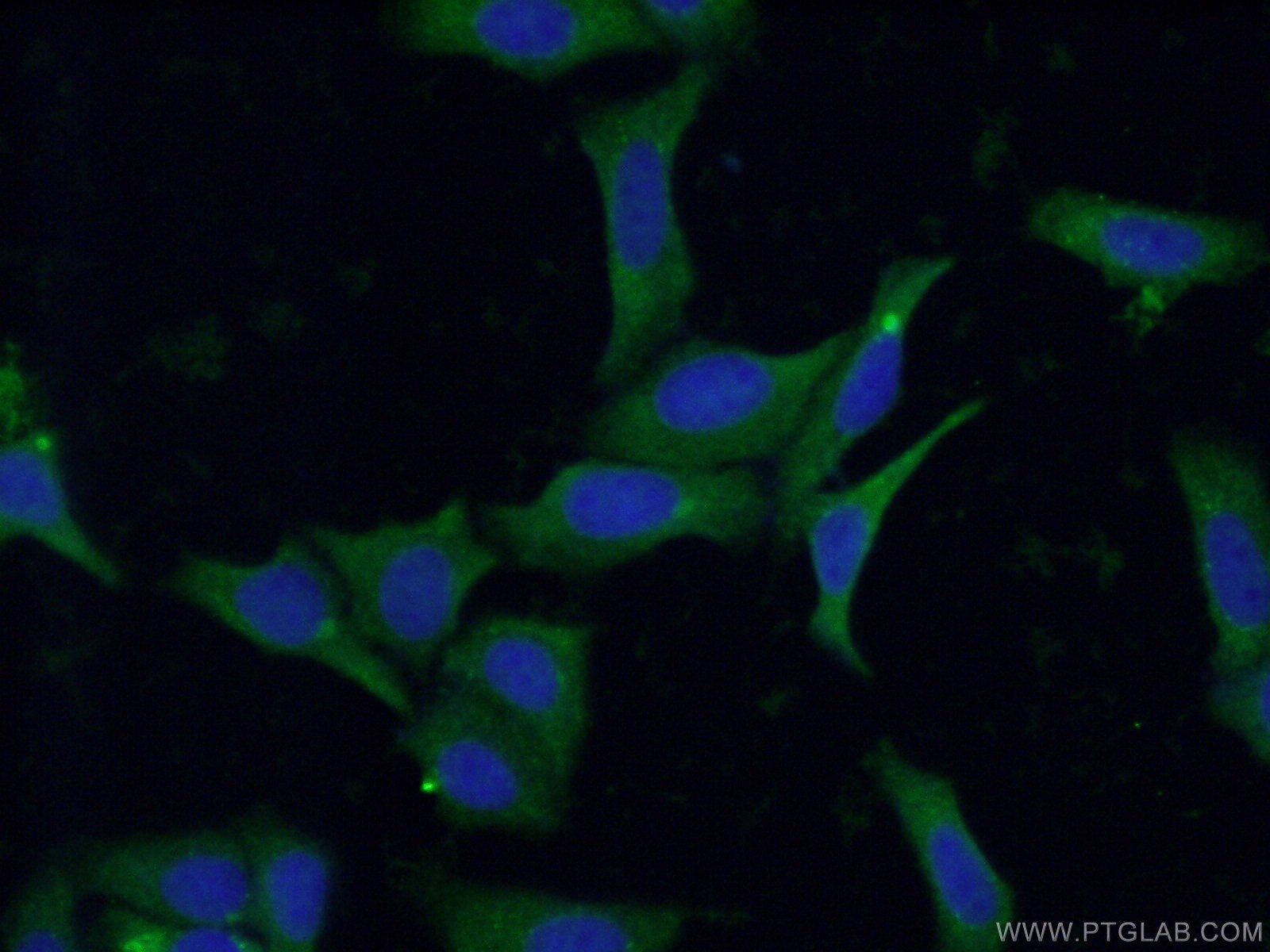Tested Applications
| Positive WB detected in | rat brain tissue, human brain tissue, mouse liver tissue, rat liver tissue |
| Positive IHC detected in | human liver tissue, human brain tissue Note: suggested antigen retrieval with TE buffer pH 9.0; (*) Alternatively, antigen retrieval may be performed with citrate buffer pH 6.0 |
| Positive IF/ICC detected in | HepG2 cells |
Recommended dilution
| Application | Dilution |
|---|---|
| Western Blot (WB) | WB : 1:500-1:3000 |
| Immunohistochemistry (IHC) | IHC : 1:50-1:500 |
| Immunofluorescence (IF)/ICC | IF/ICC : 1:50-1:500 |
| It is recommended that this reagent should be titrated in each testing system to obtain optimal results. | |
| Sample-dependent, Check data in validation data gallery. | |
Published Applications
| KD/KO | See 3 publications below |
| WB | See 18 publications below |
| IHC | See 2 publications below |
| IF | See 1 publications below |
| IP | See 2 publications below |
| CoIP | See 2 publications below |
Product Information
15323-1-AP targets STT3B in WB, IHC, IF/ICC, IP, CoIP, ELISA applications and shows reactivity with human, mouse, rat samples.
| Tested Reactivity | human, mouse, rat |
| Cited Reactivity | human, mouse |
| Host / Isotype | Rabbit / IgG |
| Class | Polyclonal |
| Type | Antibody |
| Immunogen | STT3B fusion protein Ag2039 Predict reactive species |
| Full Name | STT3, subunit of the oligosaccharyltransferase complex, homolog B (S. cerevisiae) |
| Calculated Molecular Weight | 97 kDa |
| Observed Molecular Weight | 94 kDa |
| GenBank Accession Number | BC015880 |
| Gene Symbol | STT3B |
| Gene ID (NCBI) | 201595 |
| RRID | AB_2198046 |
| Conjugate | Unconjugated |
| Form | Liquid |
| Purification Method | Antigen affinity purification |
| UNIPROT ID | Q8TCJ2 |
| Storage Buffer | PBS with 0.02% sodium azide and 50% glycerol pH 7.3. |
| Storage Conditions | Store at -20°C. Stable for one year after shipment. Aliquoting is unnecessary for -20oC storage. 20ul sizes contain 0.1% BSA. |
Background Information
STT3B is a component of the N-oligosaccharyl transferase (OST) enzyme which catalyzes the transfer of a high mannose oligosaccharide from a lipid-linked oligosaccharide donor to an asparagine residue within an Asn-X-Ser/Thr consensus motif in nascent polypeptide chains. N-glycosylation occurs cotranslationally and the complex associates with the Sec61 complex at the channel-forming translocon complex that mediates protein translocation across the endoplasmic reticulum (ER). SST3B seems to be involved in complex substrate specificity
Protocols
| Product Specific Protocols | |
|---|---|
| WB protocol for STT3B antibody 15323-1-AP | Download protocol |
| IHC protocol for STT3B antibody 15323-1-AP | Download protocol |
| IF protocol for STT3B antibody 15323-1-AP | Download protocol |
| Standard Protocols | |
|---|---|
| Click here to view our Standard Protocols |
Publications
| Species | Application | Title |
|---|---|---|
Nat Chem Biol Oligosaccharyltransferase inhibition induces senescence in RTK-driven tumor cells. | ||
J Cachexia Sarcopenia Muscle Comparative proteomic analyses of Duchenne muscular dystrophy and Becker muscular dystrophy muscles: changes contributing to preserve muscle function in Becker muscular dystrophy patients. | ||
Mol Cell Proteomics Thyroglobulin Interactome Profiling Defines Altered Proteostasis Topology Associated With Thyroid Dyshormonogenesis | ||
MBio Dengue Virus Hijacks a Noncanonical Oxidoreductase Function of a Cellular Oligosaccharyltransferase Complex. | ||
EBioMedicine Targeting conserved N-glycosylation blocks SARS-CoV-2 variant infection in vitro. | ||
Cell Chem Biol Editing N-Glycan Site Occupancy with Small-Molecule Oligosaccharyltransferase Inhibitors.
|
